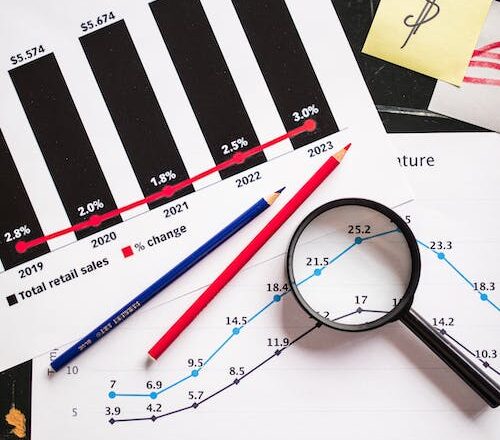Business Strengths? Identify Them First
To identify the strengths of a business, you can follow these steps:
Evaluate your Resources and Assets: Assess the tangible and intangible resources and assets your business possesses. This includes physical assets like equipment, technology, facilities, and financial resources. It also includes intangible assets such as intellectual property, patents, trademarks, copyrights, brand reputation, relationships with customers and suppliers, and the expertise of your employees.
Analyze your Core Competencies: Identify the unique skills, knowledge, and capabilities that set your business apart from competitors. These core competencies can be related to product development, technology, manufacturing processes, customer service, marketing, or any other aspect that gives your business a compe...










